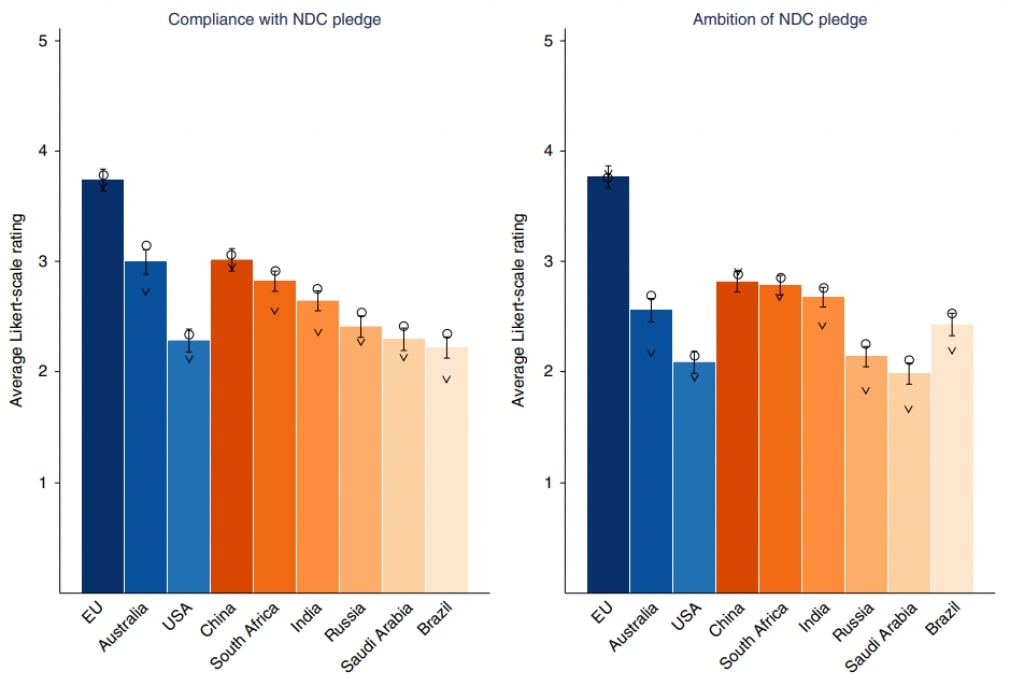The recent spell of heavy rains and floods that ravaged large parts of Pakistan’s Sindh province has taken a heavy toll on the archaeological site of Mohenjo-daro.
Mohenjo-daro was designated a UNESCO World Heritage site in 1980. But, it might be removed from the world heritage list, if urgent attention towards its conservation and restoration is not given.
Reference
A new study on different countries’ Climate Pledges or the Nationally Determined Contributions (NDC) was published recently.
The Paris Agreement is a global treaty wherein countries agreed to cooperate to reduce GHG emissions and rein in climate change. It seeks to limit global warming to below 2°C, preferably to 1.5°C, compared to pre-industry levels.

Reference
The Rule Curve for Mullaperiyar Dam comes into effect between June 10 and November 30, during which the dam gets maximum inflows from the South West Monsoon.
According to Tamil Nadu Water Resources Organisation, Mullaperiyar is the first reservoir to have Rule Curve implemented, in India.
Head sluice discharge is the withdrawal of water from the dam through tunnel towards Tamil Nadu side.
Reference
As winter nears, European nations have embraced a short-term fix to replace the natural gas they once bought from Russia by opening a series of roughly 20 floating terminals.
Floating Gas technology makes the production, liquefaction and storage of natural gas possible at sea.
Reference
The Gemini North telescope in Hawai’i captured this brilliant image of a pair of spiral galaxies interacting as they clash and merge into each other.
The spiral galaxies NGC 4568 and NGC 4567 are entangled in their mutual gravitational fields and should eventually combine to form a single elliptical galaxy in around 500 million years.

The silver coatings do not emit as much thermal infrared radiation as the more commonly used aluminum coatings.
Reference